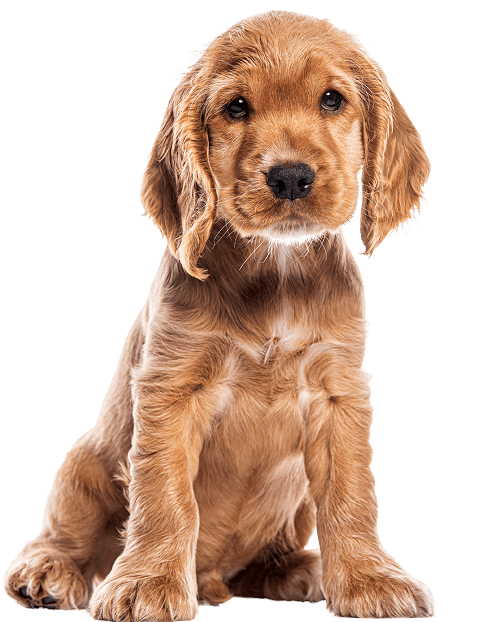
Introduction
Siberian Husky dogs attract families, outdoor lovers, and energetic pet owners each year. They bring beauty, intelligence, and a strong spirit to any home. This guide shows key care tips for the Siberian Husky you love. You will learn history, health advice, grooming steps, and training tips.
History and Origin of the Siberian Husky
The Siberian Husky’s origin traces back to northeastern Siberia around 3000 years ago. Local Chukchi people bred these dogs for sled work and companionship. They valued the Siberian Husky for its endurance and friendly nature. This breed played a key role in polar expeditions and mail routes.
American explorers brought Siberian Huskies to Alaska in the early 1900s. They won fame during the 1925 serum run to Nome in a harsh blizzard. This rescue highlighted the Siberian Husky’s grit and teamwork with humans.
Physical Characteristics
A Siberian Husky stands 20 to 24 inches tall at the shoulder. Adult males weigh 45 to 60 pounds, while females weigh 35 to 50 pounds. They feature thick double coats that protect against cold and wind. Eye colors vary widely, from deep brown to ice-blue hues.
Their ears stand upright and their tails curl over the back. This medium-sized dog shows a graceful, wolf-like appearance. They shed heavily twice per year, requiring regular grooming.
Temperament and Behavior
The Siberian Husky greets friends and strangers with equal warmth. They remain playful and outgoing throughout their entire life. This breed forms strong bonds but resists constant, heavy handling. Huskies thrive in social packs, so early socialization is vital.
They express themselves through playful howls and friendly vocalizations. This dog demands attention and thrives on daily interaction. Bored Huskies may dig, chew, or find creative ways to play.
Training and Socialization
Start training your Siberian Husky as soon as you bring them home. Use positive reinforcement techniques with treats and verbal praise. Teach basic commands first, like sit, stay, and come indoors. Gradually introduce more complex tasks, such as leash manners.
Early socialization helps your Siberian Husky feel calm in crowds. Expose them to people, animals, and new environments gently. Consistency, patience, and short sessions help maintain dog focus.
Exercise Needs
A Siberian Husky demands significant daily exercise and mental stimulation. Plan for at least 60 minutes of brisk walking each day. Add playtime with a dog park visit or fetch in a fenced yard. Consider dog sports like agility, sledding, or skijoring on snow.
Provide puzzle toys or treat-dispensing games for mental exercise. Rotate activities weekly to keep your Siberian Husky engaged. Reduce risk of destructive boredom with a well-planned routine.
Diet and Nutrition
Feed your Siberian Husky a high-quality, balanced dry kibble diet. Choose formulas rich in protein and healthy fats for energy needs. Follow feeding guidelines on the bag and adjust for activity level. Divide daily food into two or three measured meals for digestion.
Avoid overfeeding to prevent weight gain and joint stress. Offer fresh water at all times, especially during hot months. Consult your vet for personalized diet advice based on age and health.
Grooming and Coat Care
A grooming schedule helps manage the Siberian Husky’s heavy shedding. Brush the undercoat with a rake-type tool at least twice weekly. Use a slicker brush to remove loose topcoat hairs and prevent mats. Bathe your dog only when necessary to preserve natural oils.
Trim nails every three to four weeks for paw health and comfort. Check ears weekly for debris or signs of infection. Brush teeth daily or at least several times per week to prevent tartar.
Health and Common Issues
The Siberian Husky generally enjoys strong health and vitality. However, hip dysplasia can occur, so screen with X-rays before breeding. Eye issues like cataracts or progressive retinal atrophy sometimes emerge. Regular vet checkups catch early signs and protect long-term wellness.
Monitor your Husky’s weight to reduce joint and heart strain. Vaccinations and parasite prevention keep your dog safe and happy. Keep a first-aid kit and know basic wound care for minor injuries.
Living With a Siberian Husky
A Siberian Husky adapts well to family life with proper care. They excel in homes with secured, tall fencing to prevent escapes. Keep them indoors with your family, never tied outdoors for long. Provide a cozy, draft-free bed and access to fresh drinking water.
This breed handles cold climates with ease but risks heat stress. Offer shade and cool water when temperatures rise above 75°F. Supervise playtime with kids to ensure safe, joyful interactions.
Finding and Adopting a Siberian Husky
Choose a reputable breeder who screens for health and temperament. Visit the breeder’s facility to observe puppy care and social habits. Ask for health clearances on hips, eyes, and cardiac exams. Reputable breeders provide puppy contracts, vaccination records, and guidance.
Consider rescue groups if you prefer adoption over purchasing. Shelters often have adult Siberian Huskies needing second chances. Adopting helps save lives and gives your Husky a loving home.
Conclusion
Owning a Siberian Husky brings joy, companionship, and energetic adventure. This guide offers key insights on history, training, health, and living. Use consistent routines, positive reinforcement, and regular vet care. Embrace grooming and daily exercise to keep your Husky happy.
Your Siberian Husky will reward you with loyalty and playful spirit. Apply these tips to build a strong, lifelong bond with your dog. Enjoy every moment with your Siberian Husky and cherish the journey.
Read More: French Bulldog Dog Breed: Why It Outshines Others

